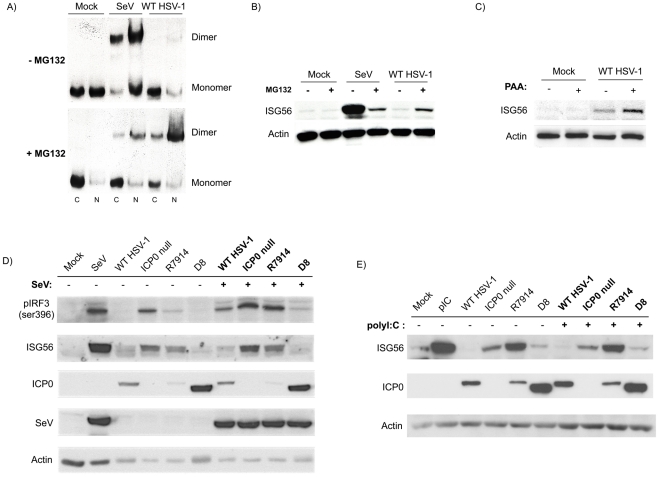Figure 5. Nuclear retention of ICP0 blocks inhibition of IRF3 activation and ISG induction during WT infection.
(A) HEL cells were mock treated or infected with WT HSV-1 for 8 hours in the absence or presence of MG132. IRF3 dimerization was examined by native western blotting in cytoplasmic and nuclear protein extracts. (B) Whole cell lysates were collected following an 8 hour infection as indicated. ISG56 levels were measured by western blot. In parts A & B, SeV was employed as a positive control for the activation of IRF3. (C) ISG56 expression was examined in protein lysates collected from HEL fibroblasts following an 8 hour infection with WT HSV-1 in the absence or presence of PAA. (D and E) Cytoplasmic ICP0 is capable of inhibiting activation of the IRF3 pathway following treatment with SeV or polyI:C. HEL cells were infected with WT HSV-1 or an ICP0 mutant virus for 12 hours and then treated with SeV (D) or polyI:C (E) for 8 hours. Expression of the indicated target proteins was examined by western blot.

